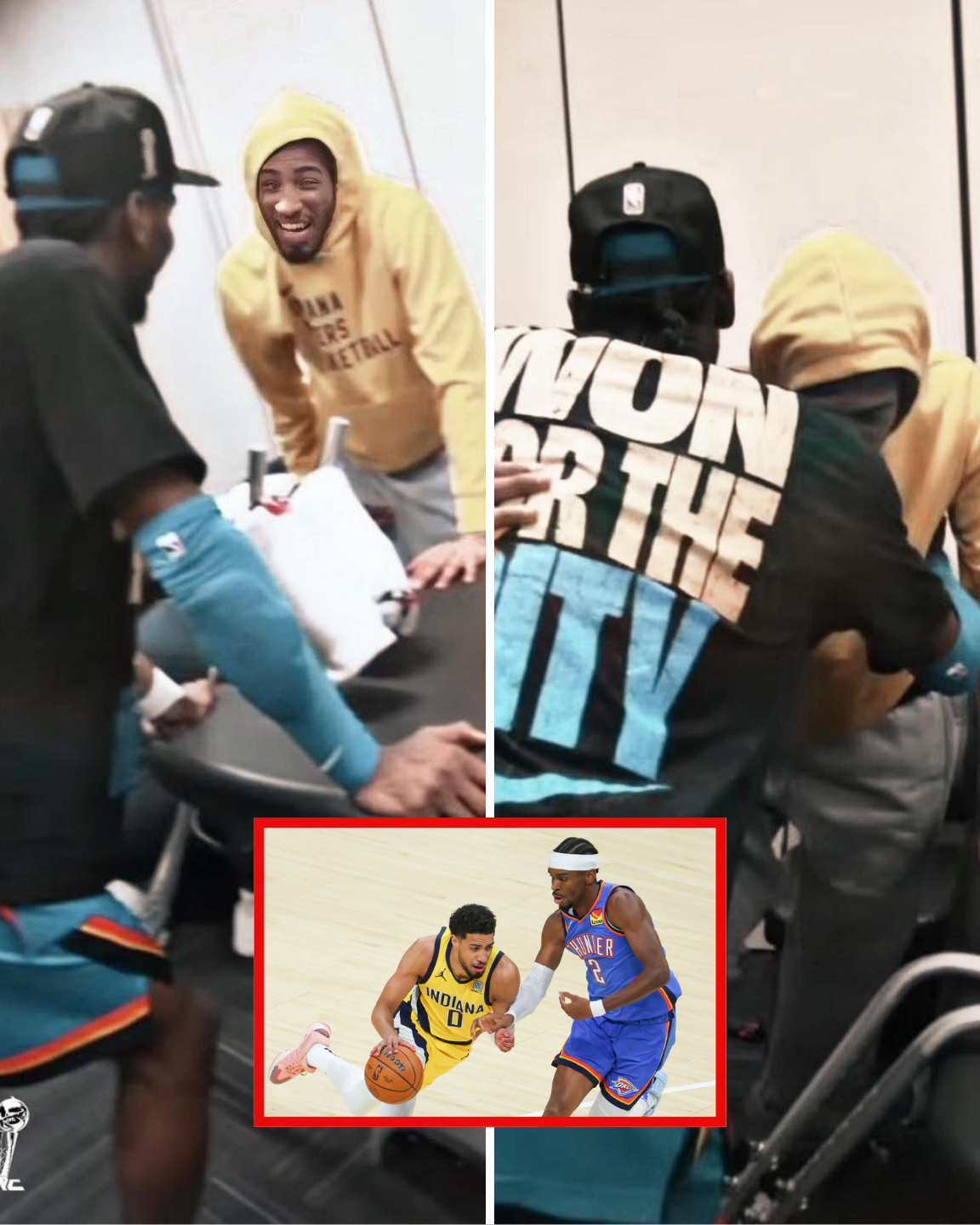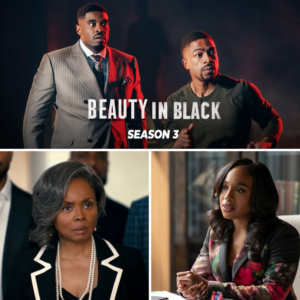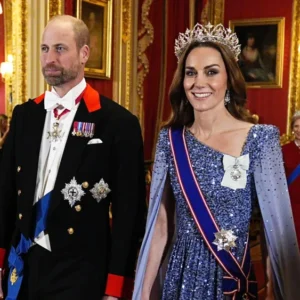
In the high-stakes world of the NBA Finals, where every dribble, shot, and defensive stop carries the weight of legacies, Game 7 of the 2025 championship series between the Oklahoma City Thunder and the Indiana Pacers delivered a moment that transcended the scoreboard. The Thunder, led by their MVP Shai Gilgeous-Alexander, clinched their first NBA title in Oklahoma City history with a 103-91 victory, capping a season of dominance with 68 wins and a playoff run that showcased their youthful tenacity. Yet, amidst the confetti and celebrations, it was a quieter, more profound act of sportsmanship that captured the hearts of fans worldwide: Gilgeous-Alexander’s visit to the Pacers’ locker room to check on an injured Tyrese Haliburton, the heart and soul of Indiana’s improbable Finals run.
The stage was set in Oklahoma City’s Paycom Center, where the Thunder and Pacers battled in a winner-takes-all Game 7 on June 23, 2025. Both teams, led by their respective point guard superstars, had pushed each other to the brink in a series marked by dramatic comebacks, clutch shots, and unrelenting intensity. Gilgeous-Alexander, the 26-year-old Canadian who had just claimed the regular-season MVP and scoring title, was the linchpin for OKC, averaging 30.3 points, 5.6 assists, and 4.6 rebounds in the Finals. His midrange mastery and ability to deliver in crunch time—most notably a 15-point fourth quarter in Game 4—had propelled the Thunder to the cusp of history. Across the court, Haliburton, the 25-year-old maestro of Indiana’s high-octane offense, had defied critics who labeled him overrated, orchestrating a playoff run filled with game-winning shots and historic triple-doubles. His 17.3 points and playoff-leading 9.8 assists per game made him the engine of a Pacers team that no one expected to reach the Finals.
The game began with an electric atmosphere, and Haliburton came out firing, draining three long-range threes in the first quarter to give Indiana an early spark. The Pacers’ faithful, clad in yellow, roared as their star barked defiantly at the OKC crowd, signaling his intent to seize the moment. But with five minutes left in the opening period, tragedy struck. As Haliburton attempted to maneuver past Gilgeous-Alexander, he collapsed without contact, his right leg giving way in a moment that silenced the arena. The replay showed a ripple in his calf, and Haliburton, writhing in agony, pounded the court, knowing his night—and perhaps his season—was over. Diagnosed later as an Achilles tear, the injury was a cruel blow for a player who had battled through a calf strain since Game 5 to keep his team’s championship dreams alive.
As Haliburton was helped off the court, unable to put weight on his leg, Gilgeous-Alexander was among the first to approach him. In a fleeting but poignant moment, the Thunder star leaned in to check on his rival, a gesture that spoke volumes about his character. The Pacers, despite their star’s absence, fought valiantly, leading 48-47 at halftime behind the efforts of Bennedict Mathurin, Pascal Siakam, and T.J. McConnell. But OKC’s swarming defense, fueled by Gilgeous-Alexander’s 29 points, 12 assists, and five rebounds, took over in the third quarter, turning Indiana’s turnovers into transition buckets. The Pacers, down by as many as 22 points, clawed back to within 10 in the fourth, but without Haliburton’s playmaking, they couldn’t complete the comeback that had defined their postseason.
As the Thunder celebrated their historic triumph, with Gilgeous-Alexander hoisting both the Larry O’Brien Trophy and the Bill Russell Finals MVP Trophy, the narrative shifted to the Pacers’ locker room. Haliburton, on crutches and surrounded by family, remained in the arena, cheering his teammates at halftime and greeting them after the final buzzer. His resilience in the face of heartbreak was a testament to his leadership, but it was Gilgeous-Alexander’s post-game gesture that elevated the moment into something unforgettable. After the trophy presentation, the Thunder star made his way to the Pacers’ locker room, where he found Haliburton. The two shared a dap, a hug, and a brief conversation, their mutual respect palpable. Cameras captured the scene, showing Haliburton managing a smile despite his pain, while Gilgeous-Alexander offered words of encouragement.
This act of empathy was not just a footnote to OKC’s championship; it was a defining moment that underscored the humanity at the core of competitive sports. Gilgeous-Alexander, exhausted from a grueling 100-game season, could have basked in his dual MVP honors and the adulation of Thunder fans. Instead, he chose to honor a competitor who had pushed him to his limits. The two stars, both young, Black point guards who had overcome trades early in their careers to become franchise cornerstones, shared a bond forged in competition and mutual admiration. Their Finals matchup was historic, the first since Magic Johnson and Isiah Thomas in 1988 to feature point guards as the central figures for both teams. Off the court, they were also fashion icons, with Gilgeous-Alexander’s Chanel cross-body bag and Haliburton’s Puma Hali 1 sneakers turning the NBA tunnel into a runway.
The significance of Gilgeous-Alexander’s gesture resonated beyond the game. In an era where rivalries can spill into social media feuds, his visit was a reminder that sportsmanship can coexist with fierce competition. Haliburton’s playoff run had been a rebuttal to skeptics, with clutch shots in every round, including a game-tying two against the Knicks that echoed Reggie Miller’s legacy. His Achilles injury, the third such injury in the 2025 playoffs, cast a shadow over his future, with recovery likely sidelining him for much of the 2026 season. Yet, his determination to return stronger, coupled with Gilgeous-Alexander’s support, painted a picture of resilience and camaraderie.
For the Thunder, the championship was a coronation of a team that defied its youth—averaging 25.6 years old, the second-youngest title winner in NBA history. Gilgeous-Alexander’s midrange artistry, honed under the tutelage of former Clippers assistant Sam Cassell, had made him the league’s most creative scorer, while his two-way play anchored OKC’s defense. For the Pacers, the loss was a bitter pill, but their Cinderella run as the East’s No. 4 seed, fueled by Haliburton’s vision and heart, had silenced doubters. The team’s ability to rally from double-digit deficits in multiple playoff games showcased a grit that would carry into future seasons, even without their star for the immediate future.
As the NBA world reflected on Game 7, social media buzzed with praise for both players. Fans lauded Gilgeous-Alexander’s class, with posts highlighting the emotional weight of his locker room visit. Haliburton, despite his devastation, was celebrated for his courage, having played through pain to give Indiana a chance at history. The image of their embrace became a symbol of what makes sports enduring: the ability to find connection in the crucible of competition.
In the end, Game 7 was more than a championship; it was a narrative of triumph, tragedy, and humanity. Gilgeous-Alexander’s visit to Haliburton was a beacon of sportsmanship, a moment that reminded fans why they invest in these games—not just for the victories, but for the stories of heart and respect that linger long after the final buzzer. As OKC begins its reign and Indiana looks to rebuild around a recovering Haliburton, the 2025 Finals will be remembered not only for the Thunder’s crowning achievement but for the bond between two stars who showed the world what it means to compete with grace.





